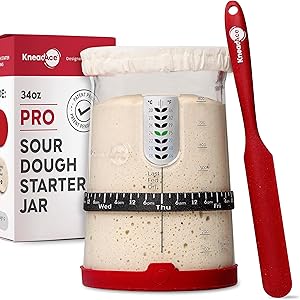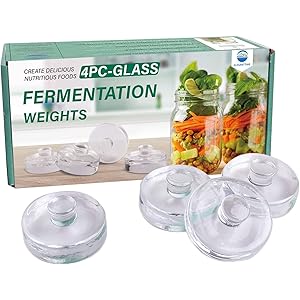Understanding Kombucha White Spots on Top
Kombucha white spots on top are often a common sight for those brewing their own kombucha at home. These spots, which may appear as small white flecks or patches on the surface of the liquid, can be concerning for novice brewers. However, understanding the nature of these spots is essential for maintaining a healthy fermentation process. Typically, these white spots are a result of yeast activity, which is a normal part of the kombucha brewing process.
Causes of White Spots in Kombucha
The appearance of kombucha white spots on top can be attributed to various factors, primarily related to the fermentation environment. Yeast, which is a crucial component of the kombucha culture, can sometimes clump together, forming these visible white spots. This phenomenon is often exacerbated by temperature fluctuations or inadequate aeration during fermentation. Understanding these causes can help brewers manage their kombucha more effectively.
Are White Spots Harmful?
One of the most pressing questions among kombucha enthusiasts is whether kombucha white spots on top are harmful. In most cases, these spots are harmless and are simply a natural byproduct of the fermentation process. However, it is essential to differentiate between harmless yeast clumps and potential mold growth. Mold typically appears as fuzzy, green, or black spots, which are a sign of spoilage and should be avoided.
Identifying Yeast vs. Mold
To ensure the safety of your kombucha, it is crucial to learn how to identify yeast versus mold. Kombucha white spots on top are usually smooth and may look like a thin film or small bubbles. In contrast, mold will have a fuzzy texture and can be various colors, including green, black, or blue. If you suspect mold, it is best to discard the batch to avoid any health risks.
Preventing White Spots in Kombucha
Preventing kombucha white spots on top involves maintaining optimal brewing conditions. Ensuring a stable temperature, typically between 68°F to 85°F, can help minimize yeast clumping. Additionally, using a breathable cloth cover can improve air circulation, reducing the likelihood of white spots forming. Regularly checking your brew can also help you catch any issues early on.
Get more content like this!
Sign up to receive updates and new terms first hand.
Impact of Ingredients on White Spots
The ingredients used in your kombucha can also influence the formation of white spots. For instance, using high-quality tea and sugar can promote a healthier fermentation environment, potentially reducing the occurrence of these spots. Additionally, the use of flavored additives, such as fruits or herbs, can sometimes lead to variations in yeast activity, impacting the appearance of your brew.
When to Worry About White Spots
While kombucha white spots on top are typically harmless, there are specific scenarios where they may indicate a problem. If the white spots are accompanied by an off smell or unusual taste, it may be time to investigate further. Additionally, if the spots persist or increase in number over multiple batches, it could signal an underlying issue with your brewing process.
Cleaning and Maintenance Tips
To minimize the chances of encountering kombucha white spots on top, proper cleaning and maintenance of your brewing equipment are essential. Ensure that all utensils, jars, and cloths are thoroughly sanitized before use. This practice helps prevent unwanted bacteria or mold from contaminating your brew, leading to a healthier fermentation process.
Conclusion on Kombucha White Spots
In summary, kombucha white spots on top are a common occurrence in the brewing process and are usually not a cause for concern. By understanding the nature of these spots and implementing best practices for brewing, you can enjoy a delicious and safe kombucha experience. Regular monitoring and proper maintenance will ensure that your kombucha remains healthy and free from harmful contaminants.




